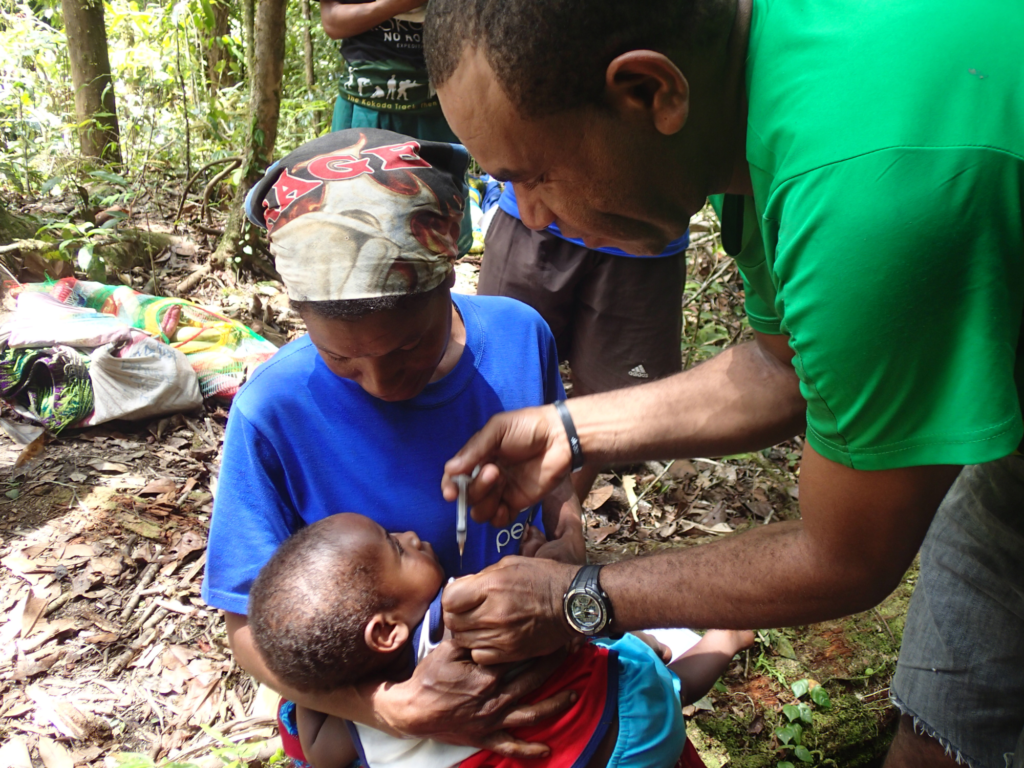

What does participatory video reporting mean to be forward-looking in research, monitoring, and evaluation?
Data collection is changing. Rapid advances in technology demand that international development professionals look outside the box when faced with new challenges in collecting data and reporting the findings and participatory video reorting is and engageing, empowering and an effective and way to achieve timely and relevant data for a project.
Our clients need data that is easily understood and actionable. While we provide quality information and analysis, the data – made up of dozens of pages of statistics, charts, graphs and maps – is often so far removed from the people it evaluates that the human element can be lost.
Participatory video reporting is an effective tool that reconnects the dots between the data that our clients want and the individuals, communities and systems they’re trying to impact. A participatory video reporting approach involves training individuals, groups or communities in basic video techniques, and then implementing a plan for them to capture contextual information, distributed in a way that conveys relevant data. The audience could be policy and decision-makers, a local community, researchers who will use the material for reports and findings, or even the general public to promote awareness and garner support. The key is to capture information in the voice of those closest to the issue.
Enter technology – participatory video reporting
Today digital cameras are available for almost all budgets. Many have built-in features that are useful in monitoring, research and evaluation, like embedded GPS coordinates in video footage and you don’t have to be an expert to use them. This convergence of creative technology and traditional data collection delivers easily digestible content and extends its reach to a broader decision-making audience while humanising the data.
Of course, we’re not all natural-born filmmakers. This is where the transfer of some basic video production skills brings basic technologies to life. While any introduction to video course would accomplish this, we often only have days in the field for workshops while dealing with language barriers, and limited classroom resources. Therefore, it’s important to understand what essential skills need to be transferred, keeping in mind a realistic project scope based on the budget and environmental, cultural, or even security challenges. By working closely with development/country experts to understand and plan around these challenges, a successful participatory plan can be tailored to give people a voice, regardless of the skill level and sophistication of their cameras or phones.
Youth perspectives
We implemented a participatory video reporting component to complement the youth assessment conducted by USAID/Jordan’s Monitoring and Evaluation Support Program. The youth assessment gathers data in order to evaluate school attendance in regions throughout Jordan. Here, a participatory video approach collects qualitative data in a way that overcomes many of the challenges to reporting and compliments the data collected through more traditional methods, such as focus groups. In that instance, under-represented demographics may be completely absent, but with participatory video, an assessor can still capture a high level of detail from a single interview in the field and convey a range of demographic perspectives in a meaningful context.
Ultimately, the short participatory video corroborated the findings of the focus groups. In the final video, youths appear on camera talking about education and workforce readiness, covering a broad range of perspectives and issues. Most importantly, the video complimented the youth assessment by providing an inviting and human overview of the issues that can be read about in detail in the project’s data.
We only know what we know
One of the most exciting aspects of using participatory video reporting is its inclusive nature, as it goes beyond just having participants gather their own video data; it also speaks to the design and approach.
Who better understands a targeted population than a member of that group? In Jordan, a youth interviewing another may ask questions in a different way that elicits relevant information that could be missed by a standard interviewer. Even in the act of creating a question, a Jordanian youth assessor provides information about issues that they think are relevant.
Using participatory viedo reporting can empower and inspire participants, and a data collection project can evolve into self-advocacy. Ultimately, participants feel ownership over the results of their data. This ownership lends credibility to results and audiences feel like they’re getting undiluted information, directly from the source.
Innovation through participation
As there is no one answer on how to best develop and use participatory videos, every project that uses participatory video is an opportunity for innovation. The best general approach is to make sure the same rigorous methodology is applied to the development of participatory video tools so that results can be packaged in a way that supports and complements our tried and true client offerings that together with technology provide actionable – and human – data.
In the case of this participatory project, the video that the youth assessors produced became a valuable part of the presentation of the findings to USAID and other US Government stakeholders. It didn’t ‘sugar coat’ the results; rather the client felt like it accurately reflected the findings of the focus groups. More importantly, the client took ownership of the video as a tool to open the doorway to further analysis and discussion of the issues presented by Jordanian youth themselves. One USAID participant in the viewing expressed that the video gave them the opportunity to truly listen to youth voices.
In addition, the youth assessors/filmmakers themselves were invited to participate in the presentations and participate in discussions, forming a direct connection between the donor and the population. The video is also currently publically available and is being used in presentations to a broader audience.
How we can help
We can best serve our clients through our own internal awareness of this offering and how it can offer value to multiple projects. By thinking about the approach and project context early and in step with other data collection and/or project activities, we can design a realistic approach that ultimately gives our clients a tool they can use.
For further information, please contact Noah Wilderman [email protected] in Tetra Tech’s Americas office.
Sharing success
In the Philippines, one of our programs works with National Government organisations to develop human resource development plans and identify Awardees with the greatest potential to improve the organisation. Team Leader Milalin Javellana provided a case study on how this works with the Civil Service Commission in the Philippines and how the Australia Awards has contributed to a better-managed government agency. The Laos Australia Institute takes a similar approach and many lessons were shared between the two programs.
Jeff Herbert, Team Leader from Australia Awards Indonesia also presented on the new approach to on-award engagement – linking Awardees to Australian networks during their time in Australia. The Australia Awards Indonesia is piloting the way for on-award engagement with active support from the Indonesian Awardees.
The Forum also provided time to reflect on common program challenges such as managing fraud, supporting Awardees in better performance, and how we understand and communicate value for money for the Australia Awards.
Many of the Team Leaders left Bangkok reflecting on their own experiences in their programs whilst imagining the possibilities outlined by others and ended with teams heading back to their programs to look at future activities and opportunities.
How we help
Being in a position to value add for our client is one thing, actually setting up the mechanisms to do so and prioritising the effort in order to achieve value-adding is another. The Scholarships Effectiveness Group (SEG) is one example of how we’re supporting and working with our clients in the most effective way.
Related Articles
How can smart design in health programs address health and broader political economy issues


